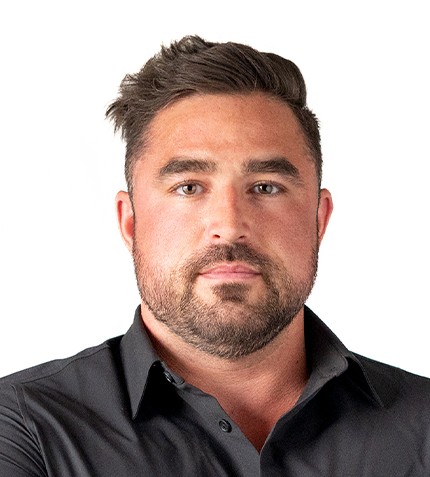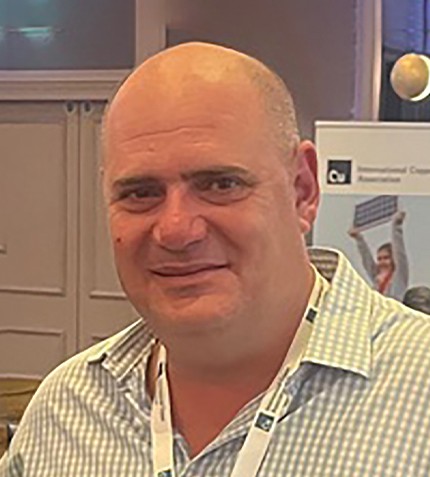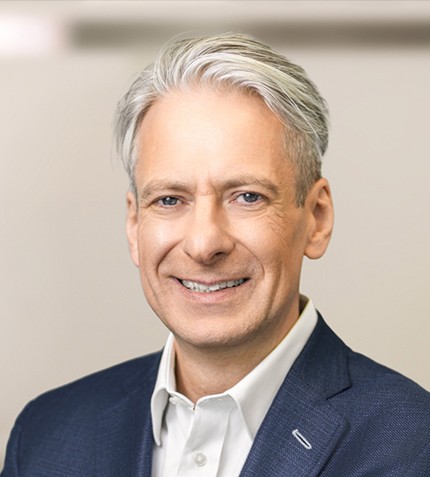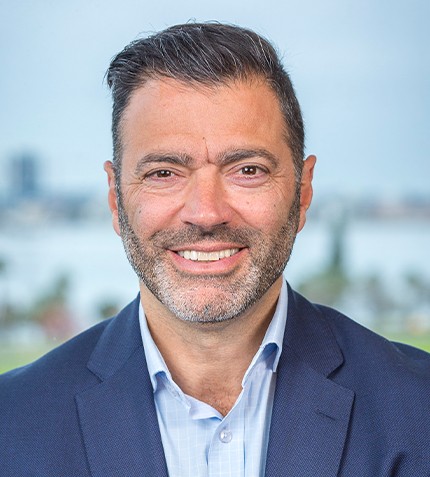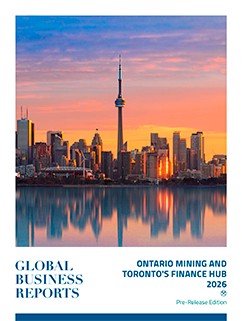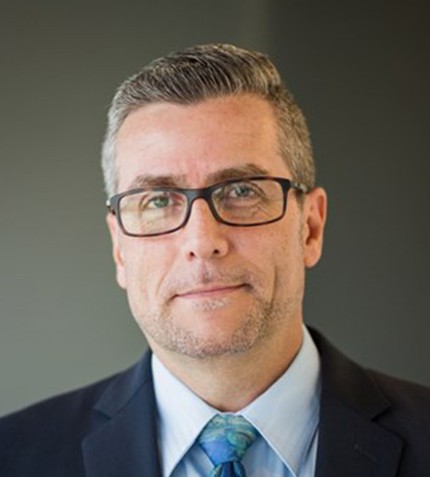
"Recently we launched two initiatives in the circular economy: the carbon renewal technology (CRT) and polyester renewal technology (PRT) processes. Both technologies allow us to use recycled materials that are generally not suitable for mechanical recycling in the production of new molecules. This is advanced recycling and resulting products offer the same properties as their equivalents from oil or coal feedstock."
Juan Moncada
MANAGING DIRECTOR LATIN AMERICA, EASTMAN
2020 marks Eastman’s 100th anniversary. What is the company’s vision nowadays?
Our beginnings were quite modest in Kingsport, Tennessee. George Eastman was the founder of Eastman Kodak, and the chemicals division of Eastman was established in July 1920. In 2019, Eastman revenue was US$9.3 billion, with a diversified business portfolio and operations virtually all around the world, be it manufacturing plants, distribution hubs or commercial teams. Over the years, we have grown through a number of acquisitions, while we have divested non-essential businesses in order to become a company focused on specialty materials and chemicals and on developing solutions and applications for the customers, rather than simply products.
What are your main manufacturing plants globally and in the Americas?
Globally, our US plants in Kingsport and Longview and our Belgium site in Gent are our biggest assets, as they are integrated plants with economies of scale and diversified processes. In Latin America we have two plants in Mexico; one in Uruapan that produces tar derivatives for adhesives, mostly focused on the inks and personal care industries, and another one in Santo Toribio, Tlaxcala, where we produce the Saflex interlayers for car glass, a product that reduces noise levels and allows for an overall weight reduction of cars. In this plant we also have high technology solutions like heads-up display interlayers (HUD) that allow for the projection of information on the glass, so the driver does not need to take his eyes off the road.
In Brazil we have two factories; one in Mauá, producing plasticizers and polyurethane resins for many different industries, as well as adjuvants and other products for the agribusiness. Our second plant in Brazil is in Itupeva and produces insoluble sulfur (Crystex insoluble sulfur), used in the fabrication of rubber derivatives, mainly for tire manufacturing.
What has been the impact of the pandemic on Eastman’s business?
The automotive and construction industries have been heavily affected. Buying a house or a vehicle has not been an option for many people. Luckily, Eastman is present in medical, sanitization, nutrition and personal care, all sectors that have strengthened during the pandemic. Being diversified across different industries, we have been able to present exceptional results during H1 2020, with cash generation close to the company’s record levels.
Could you describe some of Eastman’s recent innovations?
Despite COVID-19 and remote work, we were able to introduce our Tritan Renew product, a new material produced with up to 50% post-consumer recycled feedstock that maintains the same properties as our specialty copolyester resin, Tritan, in applications that require durable, safe, BPA-free materials, and high clarity, such as sports bottles, food storage containers, and appliances. Also, recently we launched two initiatives in the circular economy: the carbon renewal technology (CRT) and polyester renewal technology (PRT) processes. Both technologies allow us to use recycled materials that are generally not suitable for mechanical recycling in the production of new molecules. This is advanced recycling and resulting products offer the same properties as their equivalents from oil or coal feedstock.






